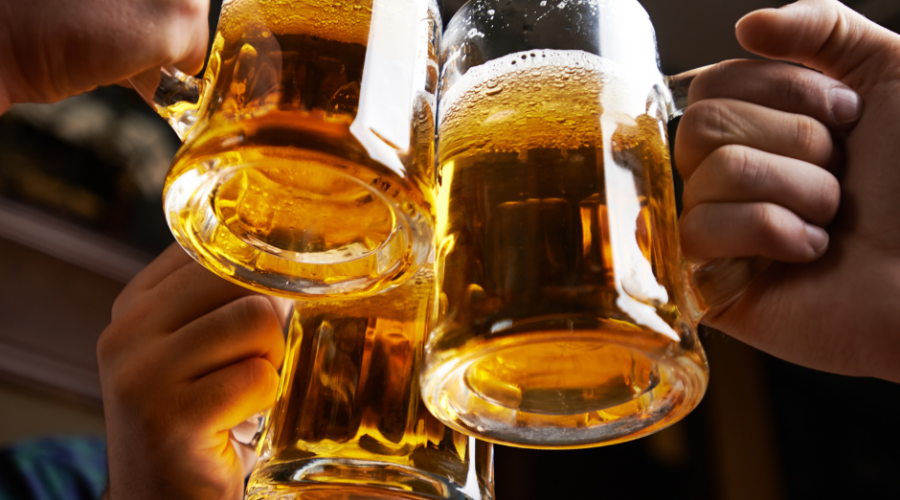How Neo-Prohibitionists Came to Shape Alcohol Policy
IN JANUARY 2023, the World Health Organization (WHO) dropped a bombshell-they announced there was “no safe level”1 of alcohol consumption.
For the past five years, the WHO has been treating light alcohol consumption as a grave public health emergency. It seems a surprising priority for the world’s premier health organization-until a closer read of their policy documents reveals who they are working with: Temperance groups, which have now found a way to introduce abstinence policies into the global health arena.
How an EU Conflict Opened the Abstinence Door
In 2015, more than 20 public health organizations resigned2 from the EU’s Alcohol and Health Forum.
This committee was the place where legislators, alcohol representatives, and public health experts thrashed out how to reduce alcohol-related harms in the EU, which were significant:3 more than 120,000 premature deaths, and more than €125 billion ($135.4 billion) in crime, health, and social costs.
But the health organizations grew disgusted3 at the EU’s failure to develop an alcohol policy, seeing the Forum as fatally compromised by the alcohol industry.
“The forum has proved worse than useless, a free PR front for the industry,” Nina Renshaw, then secretary general of the European Public Health Alliance said at the time.
Professor Sir Ian Gilmore, chair of the Forum’s science group, was equally scathing, saying that the Commission had prioritized “alcohol industry interests over public health.”
The collapse of the Forum left a gaping hole in European alcohol policy. According to Ignacio Sanchez Recarte, that was when the WHO arrived, “with what I call that Trojan horse-they said alcohol is dangerous because it causes cancer.”
Sanchez Recarte is the director general of the Comite Europeen des Entreprises Vins4 (CEEV), the voice of Europe’s wine producers. Based in Brussels, “we try to defend the interests of European wine companies and wine traders on all the topics that may affect them,” he explained. “One of the working groups that is getting more and more important in the last year is the one trying to follow all the attacks.”
Those attacks are becoming relentless.
Read the full text here









